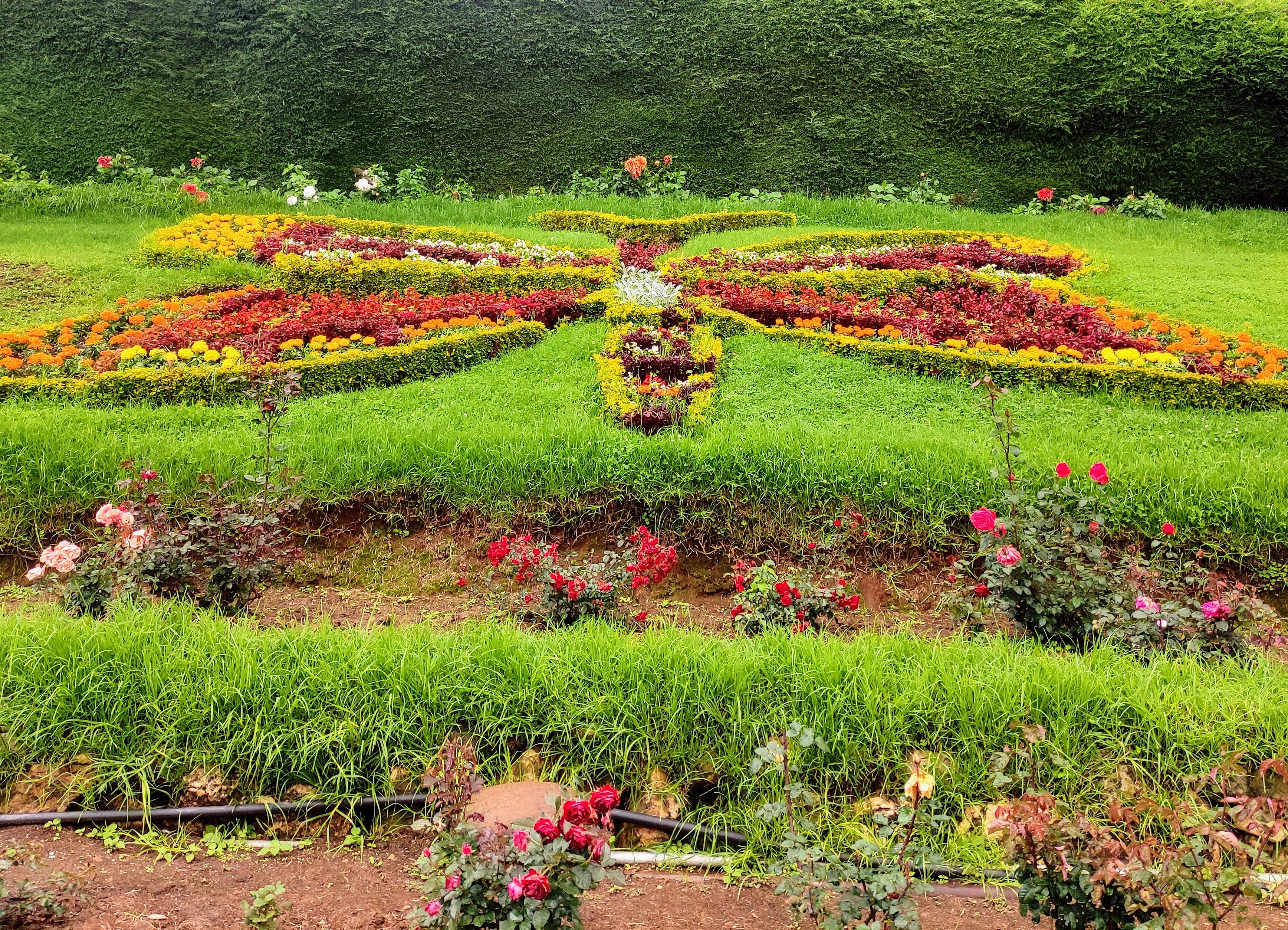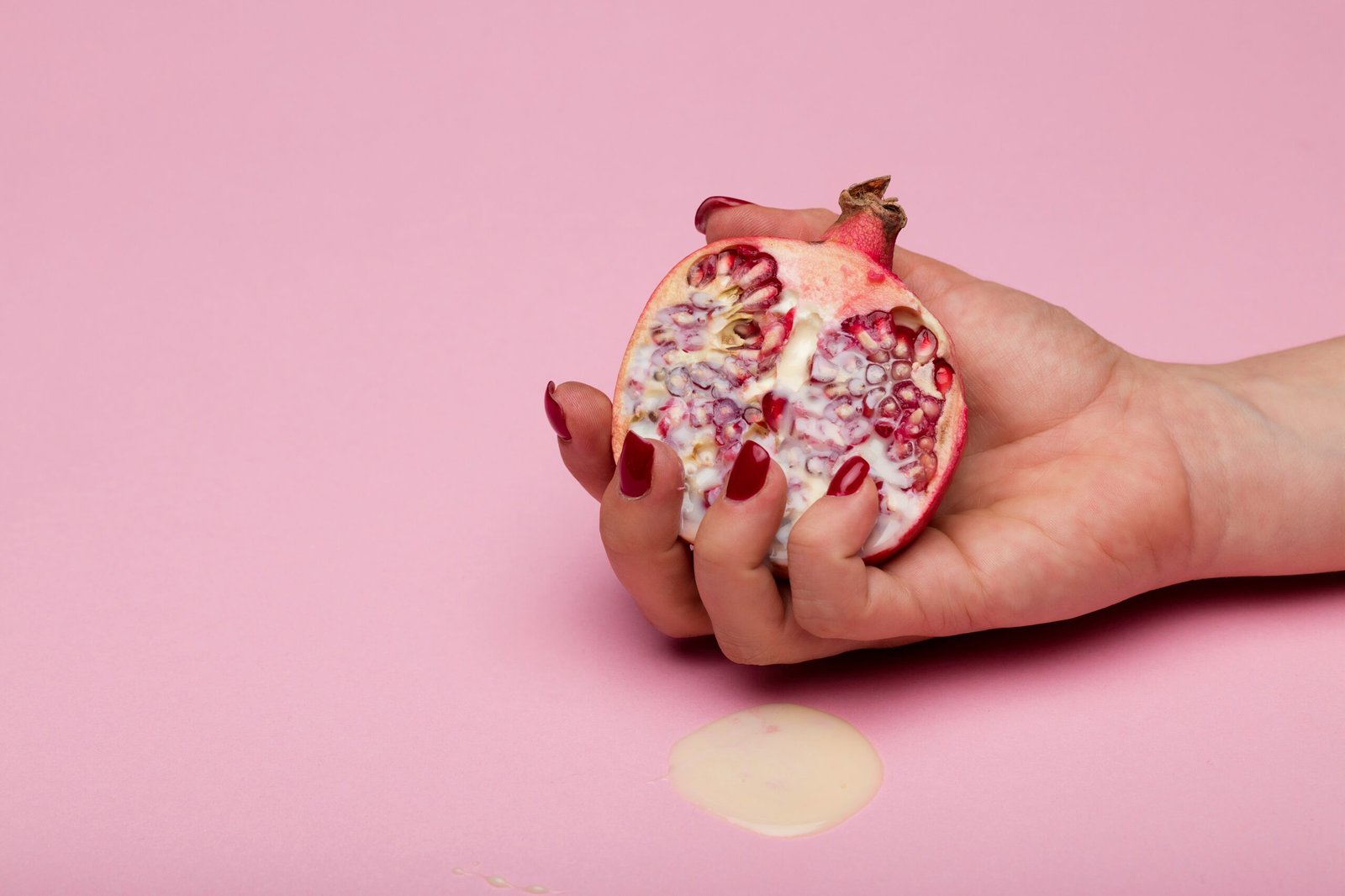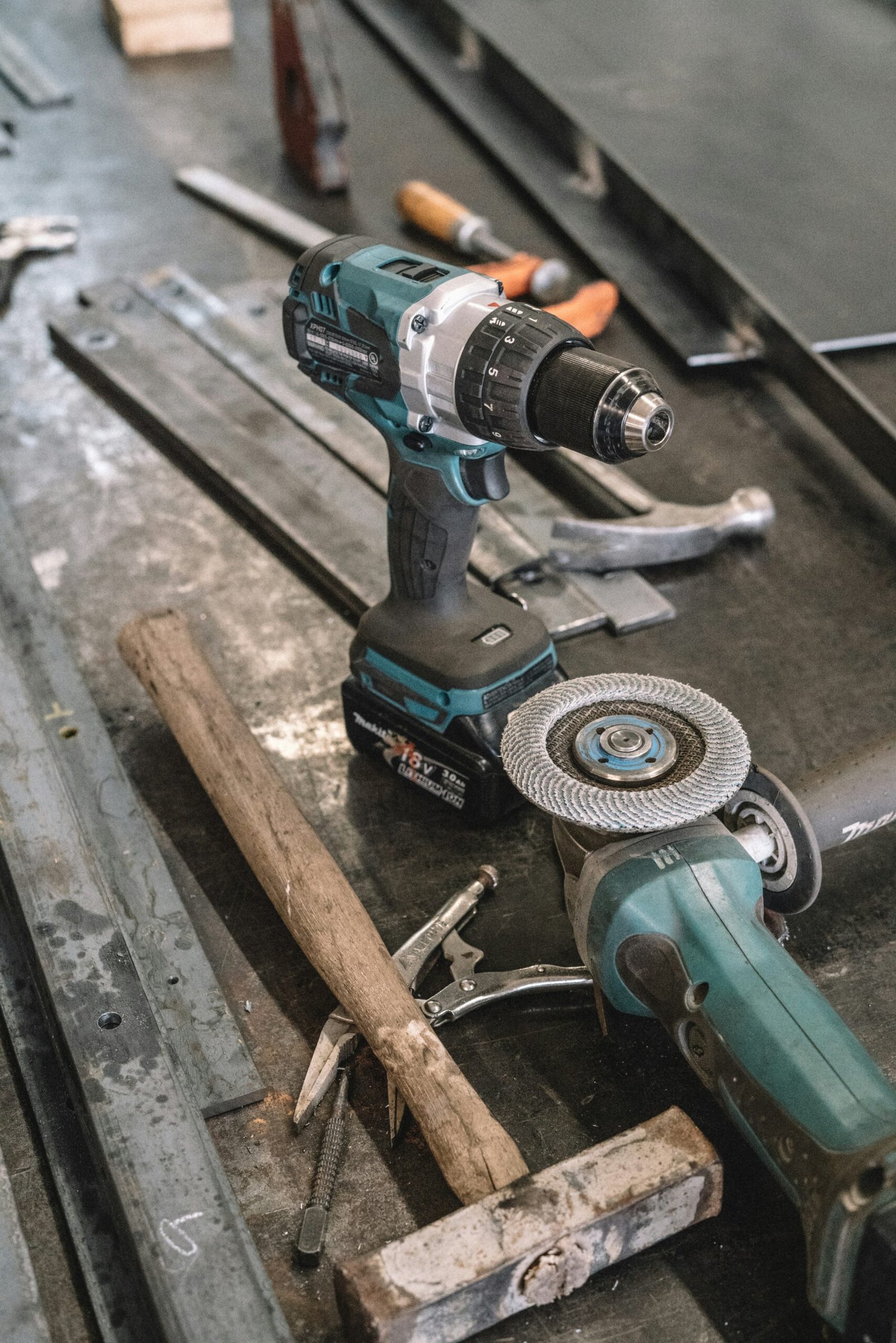The Unexpected Journey Begins
Every gardener embarks on their journey with a unique motivation, and mine began with an overwhelming frustration towards the incessant invasion of weeds in my garden. Tending to my outdoor space had turned into a battle against these uninvited plants, which not only marred the appearance of my carefully curated flower beds but also hindered the growth of the more delicate plants that I cherished. The initial challenge was daunting; weeds proliferated, thriving in the rich soil and abundant sunlight.
To combat this persistent issue, I explored various methods of weed control. I started with manual removal, dedicating numerous weekends to pulling out these hardy invaders by hand. Each handful of weeds extracted brought a sense of triumph, yet this endeavor was fleeting as new weeds would resurface with remarkable speed. My frustration led me to consider chemical herbicides, which promised quick results but also weighed heavily on my conscience due to their environmental impact. As I sought alternatives, I discovered the benefits of mulching—a natural method that not only suppressed weeds but also enriched the soil over time.
Amidst this pursuit to vanquish weeds, I noticed an unexpected transformation in my garden. In my attempts to create a healthier ecosystem through mulching and planting native species, I inadvertently established an environment that appealed to butterflies. The colorful fluttering of these creatures soon became a delightful contrast to my former struggle with weeds. This pivotal moment marked the beginning of an unexpected journey towards not just weed control, but the creation of a thriving butterfly garden, igniting a newfound passion for nurturing the wildlife around me. My initial motive shifted, leading me to appreciate the beauty of coexistence within my garden space.
Unintentional Butterfly Attractants
As I endeavored to rid my garden of pesky weeds, I unwittingly transformed the space into a flourishing butterfly habitat. This metamorphosis was primarily due to the presence of specific plants, some of which I had cultivated with no intention of attracting butterflies. Among these, native wildflowers, particularly milkweed, and coneflower, played a pivotal role. Milkweed is known for its essential relationship with monarch butterflies, providing both nectar and a breeding ground. Coneflowers, with their vibrant petals and sturdy structure, attracted various butterfly species due to their long-lasting blooms and accessibility of nectar.
Additionally, the inclusion of certain herbs like lavender and mint inadvertently contributed to this transformation. These aromatic plants not only added culinary value but also acted as magnetizing agents for various pollinators. The sweet scents and abundant nectar sources provided by these herbs boosted the garden’s appeal, facilitating visits from butterflies searching for sustenance.
Moreover, the unremarkable garden debris, such as dried stems and leaves I initially overlooked, became a vital aspect of the diverse ecosystem. These materials create natural shelter and nesting spaces for butterflies, enhancing their survival opportunities. As butterflies congregated in these areas, it became evident that an organic garden, even when unkempt, could harbor delightful biodiversity.
For those interested in identifying butterfly-attracting plants, it is essential to focus on native species that bloom throughout the growing season. These plants are typically well-adjusted to local climates, allowing them to thrive and maintain a consistent influx of nectar. To establish an effective butterfly garden, consider incorporating a mix of flowering plants that vary in height and bloom time, ensuring consistent attractions for butterflies. By embracing these unintentional features and choices, anyone can cultivate an unexpected yet thriving butterfly garden.
Gardening Tips for Butterfly Enthusiasts
Creating a flourishing butterfly garden requires thoughtful planning and a deep appreciation for the role of nature in our ecosystems. One of the most important steps to consider is the use of native plants. Native plants are adapted to local climates and conditions, requiring less water and maintenance while providing the essential nutrients and habitats for butterflies and other pollinators. Ensure you incorporate a diverse array of native flowering plants, such as milkweed, coneflower, and echinacea, to attract various butterfly species throughout the growing season.
In addition to flowering plants, it’s also vital to create suitable habitats for caterpillars, which are the larval stage of butterflies. This can be achieved by planting host plants that caterpillars feed on. For example, monarch butterflies rely on milkweed, while swallowtails are attracted to dill, fennel, and parsley. By understanding the specific host plants for your local butterfly species, you can ensure the success of both the caterpillar and butterfly populations in your garden.
Proper garden maintenance plays a crucial role in sustaining an inviting environment for butterflies. This includes regular watering, mulching, and minimal pruning to allow plants to thrive. Furthermore, avoiding pesticides is essential; these chemicals can harm not only harmful pests but beneficial insects such as butterflies and bees. Instead, consider employing organic gardening methods, such as hand-picking pests and introducing beneficial insects to control pest populations.
Encouraging biodiversity in your landscaping will also enhance the overall aesthetic and ecological value of your garden. Incorporate various elements like water features, rocks, and open spaces to create a balanced ecosystem. By embracing these gardening practices, you will develop a vibrant butterfly garden that not only beautifies your outdoor space but also contributes to the overall health of local wildlife.
Reflecting on the Beauty of Serendipity
Life often unfolds in ways that surprise us, and my journey into accidental gardening stands as a testament to this delightful truth. What began as a mission to eradicate unwanted weeds transformed into the creation of a vibrant butterfly garden. This experience underscores the inherent charm of serendipity; an unexpected event turned a mundane task into a profound journey of discovery. Through this gardening mishap, I encountered an abundance of butterflies, their delicate wings flitting through the air, creating a spectacle of beauty that was entirely unanticipated.
The process led me to profoundly reflect on my relationship with nature. As I watched caterpillars morph into stunning butterflies, I realized how essential it is to embrace the unpredictability of both gardening and life. Nature, in its infinite wisdom, teaches us that some of the most rewarding experiences stem from moments we did not initially plan for. Each flutter of a butterfly reflected the magic within the natural world, serving as a reminder that beauty often arises from chaos.
Moreover, this unexpected outcome has enriched my appreciation for the environment around me. It sparked a desire to observe and engage with my surroundings more thoughtfully. When we take the time to appreciate even the smallest wonders, we invite joy into our daily lives. This lesson transcends gardening and resonates within our broader life experiences. By being open to surprises and cultivating resilience, we can navigate our paths, no matter how winding they may become.
As we journey through our own gardening experiences, let’s cherish these moments of serendipity. They remind us that fortune can blossom from the weeds of life, encouraging us to remain curious and enthusiastic about the beauty that surrounds us. Every garden, whether intentional or accidental, holds the potential for joy, reflection, and an enhanced connection to nature.
If you’re interested in purchasing the item you seek, please click the link for additional details: #americanachoice.
https://amzn.to/3SBN3Oy
AFFILIATE DISCLOSURE: I am an affiliate for this company, I am not a paid employee.
I may receive a commission if you click a link on this page and choose to purchase something.
You can rest assured I will only share things I believe in and will be valuable to you.


